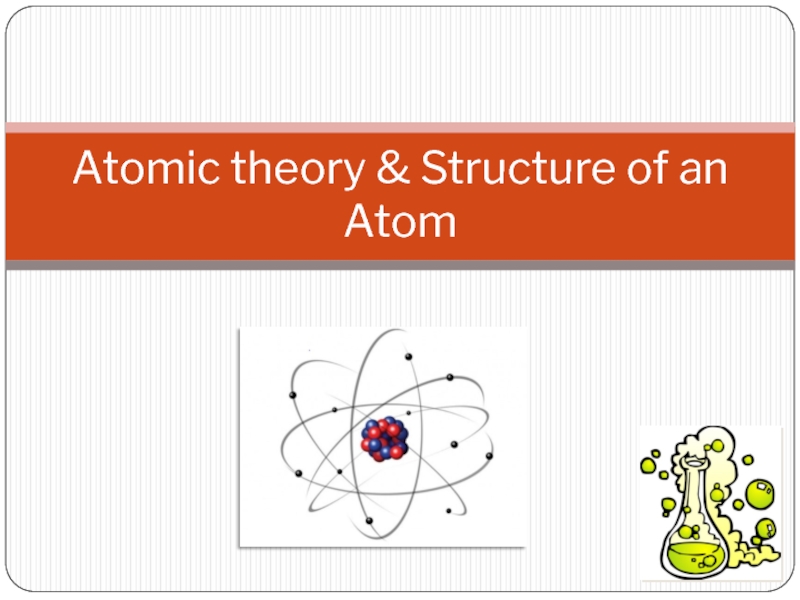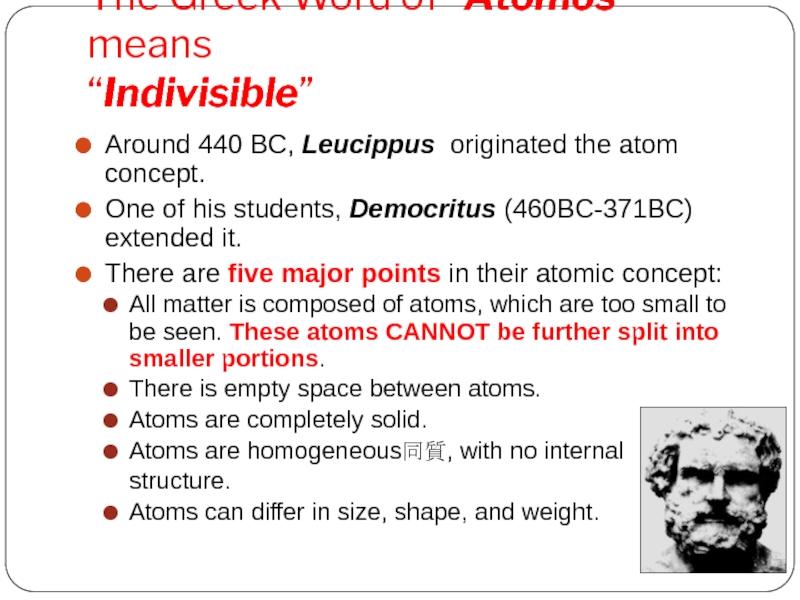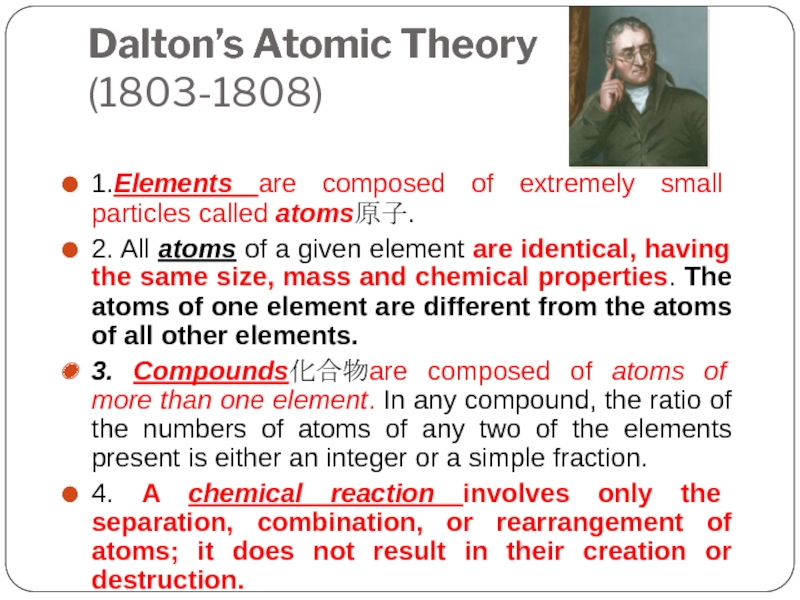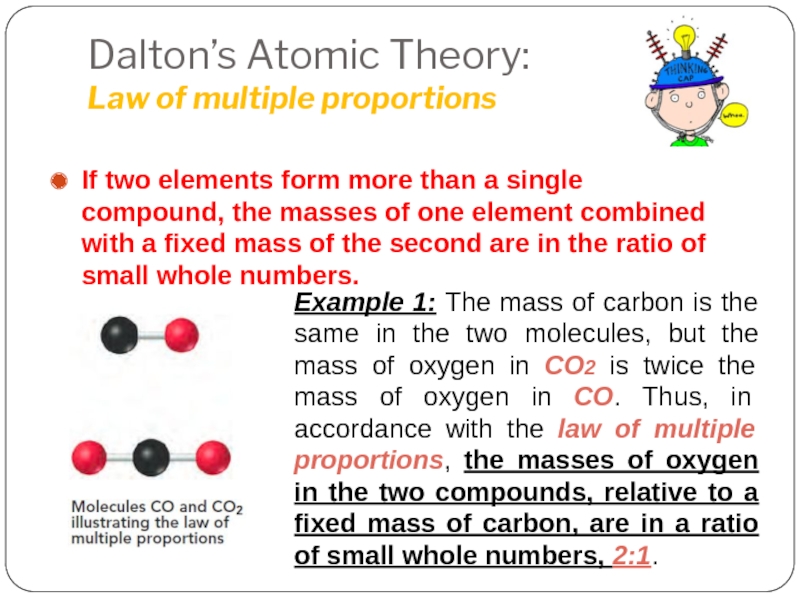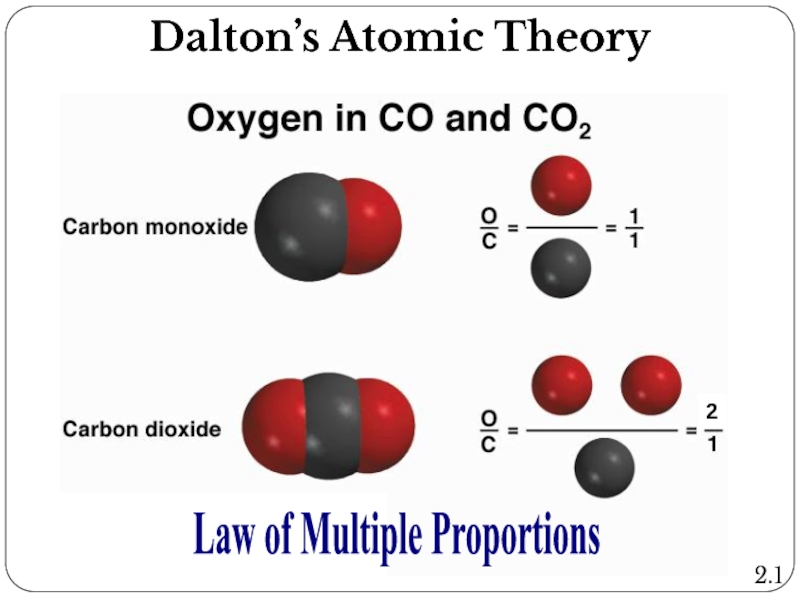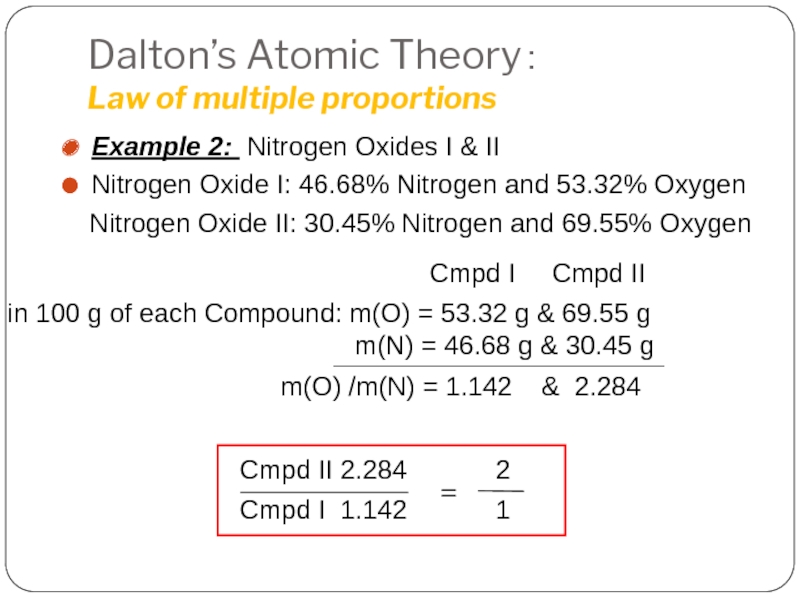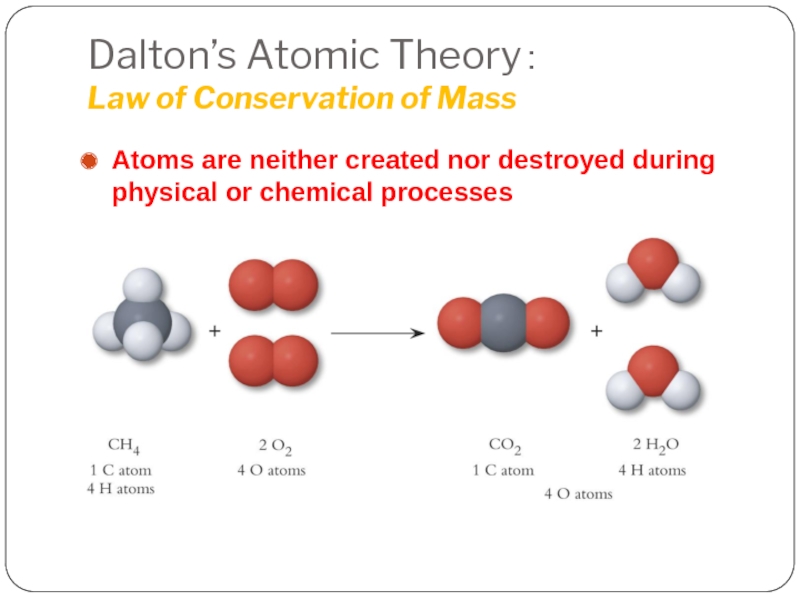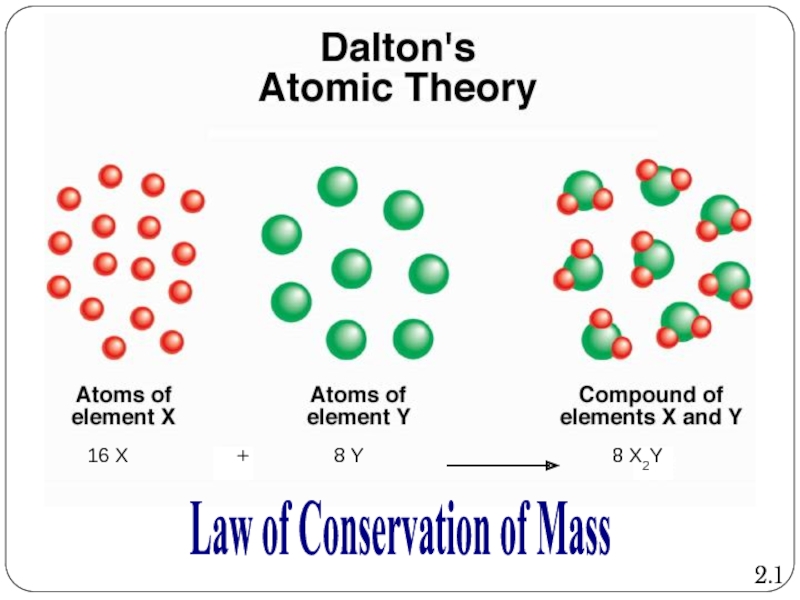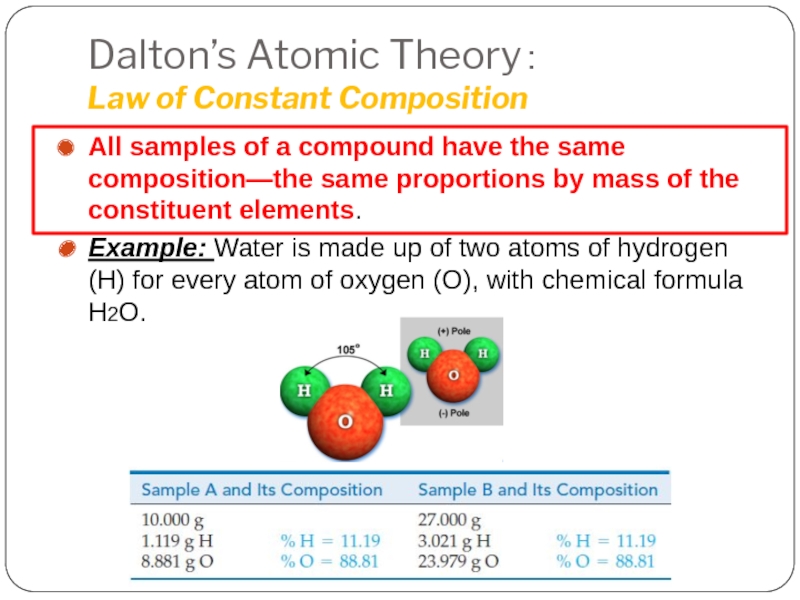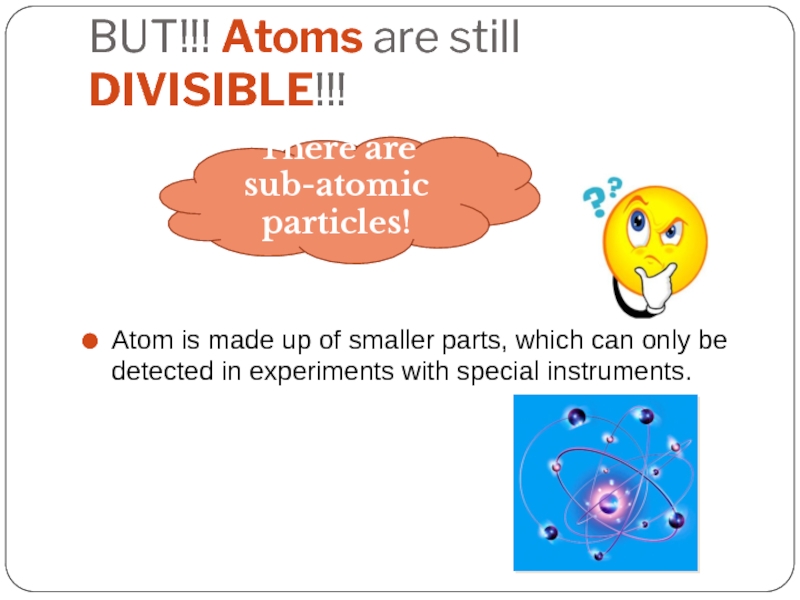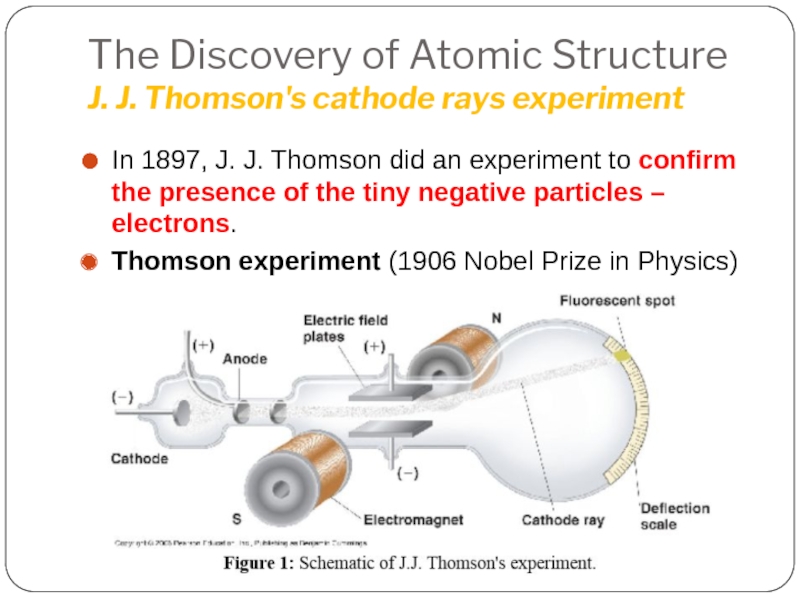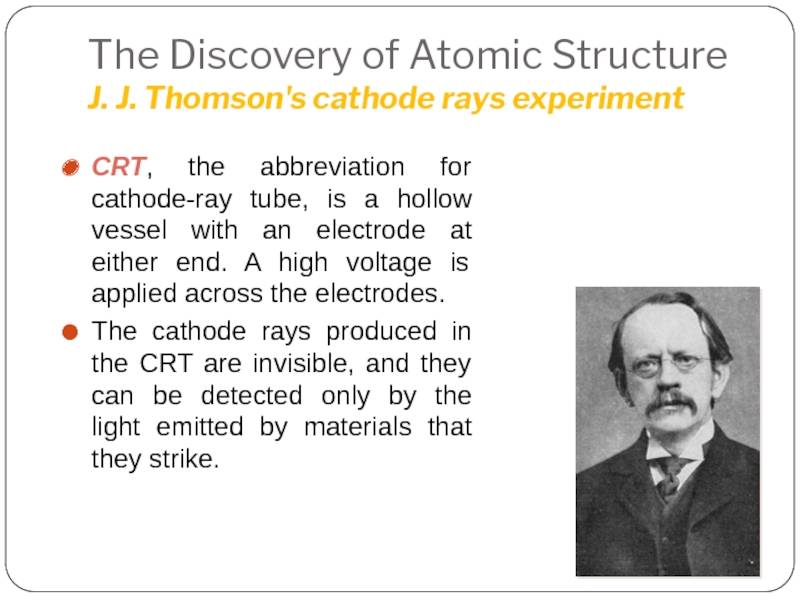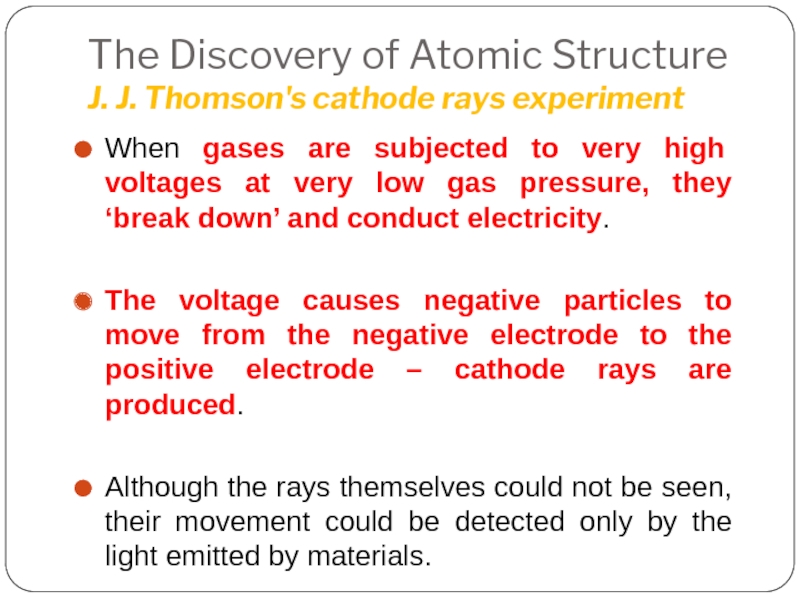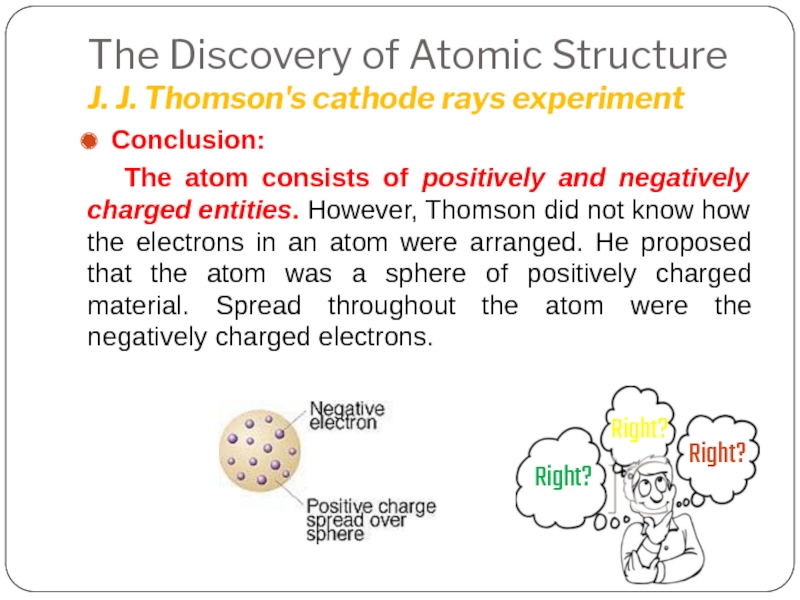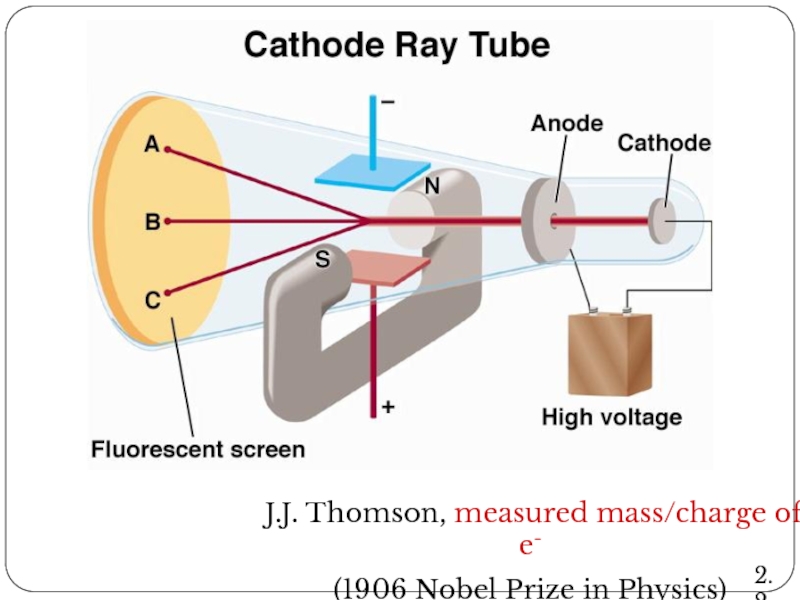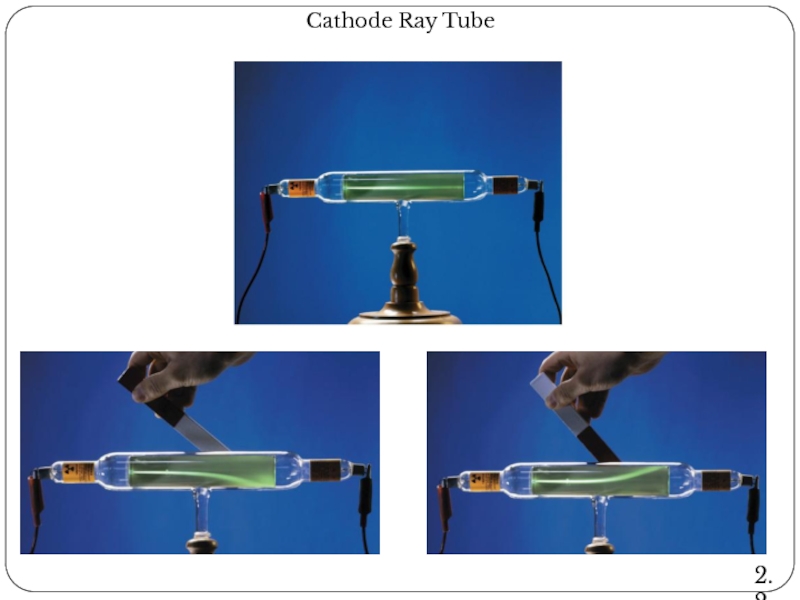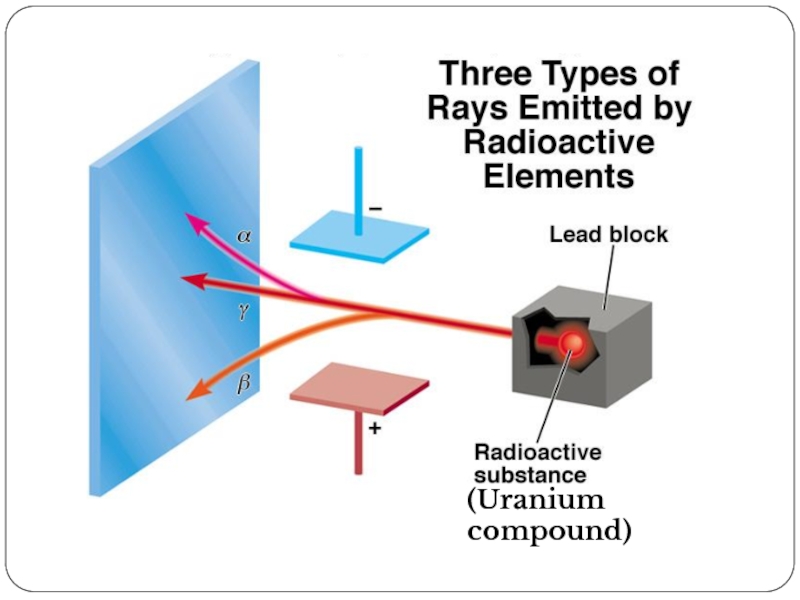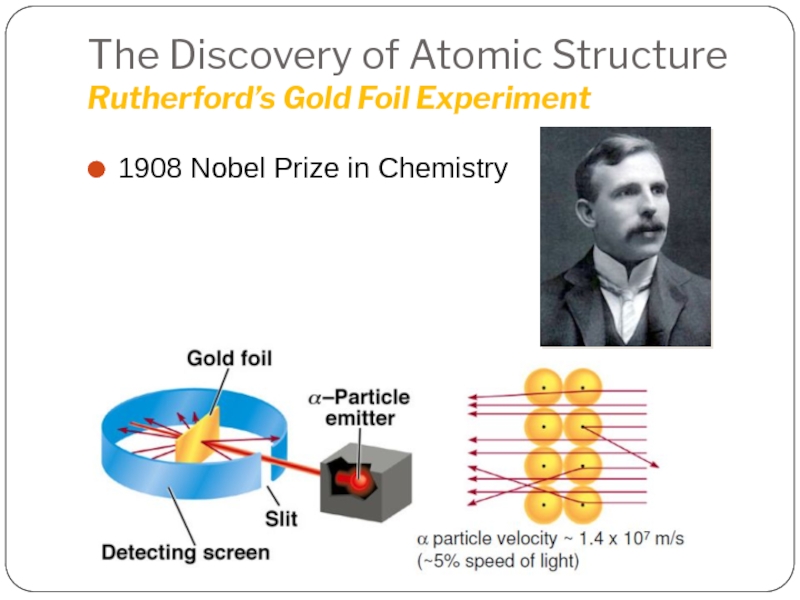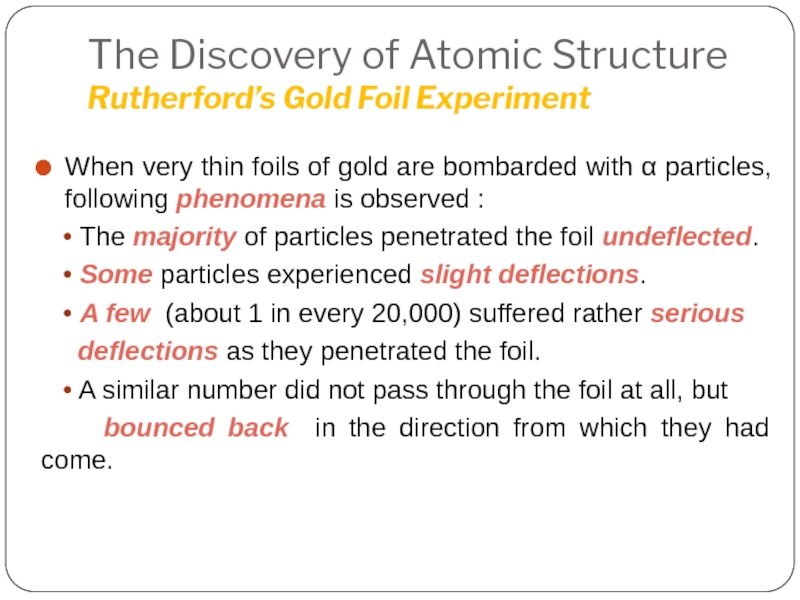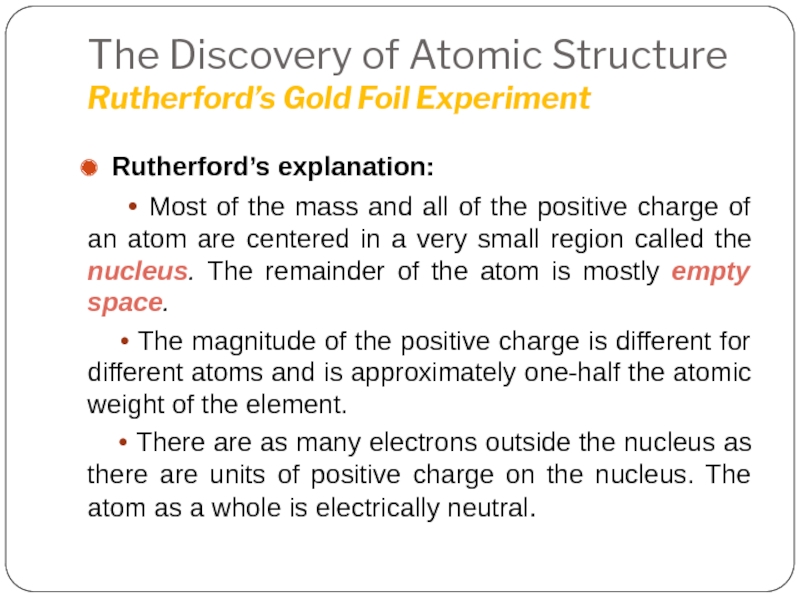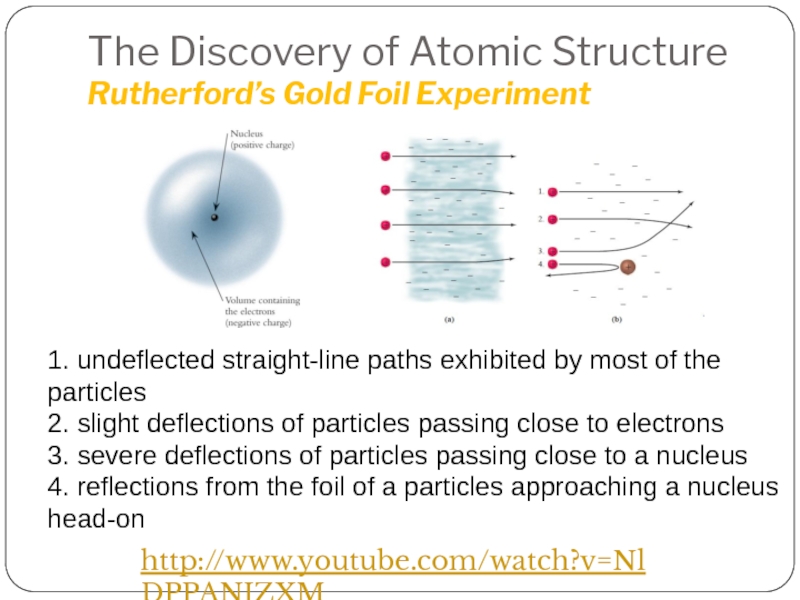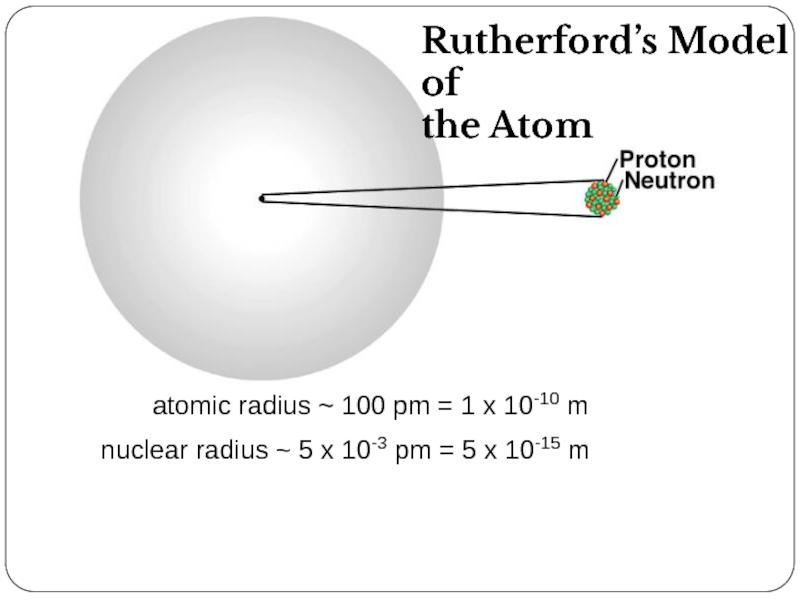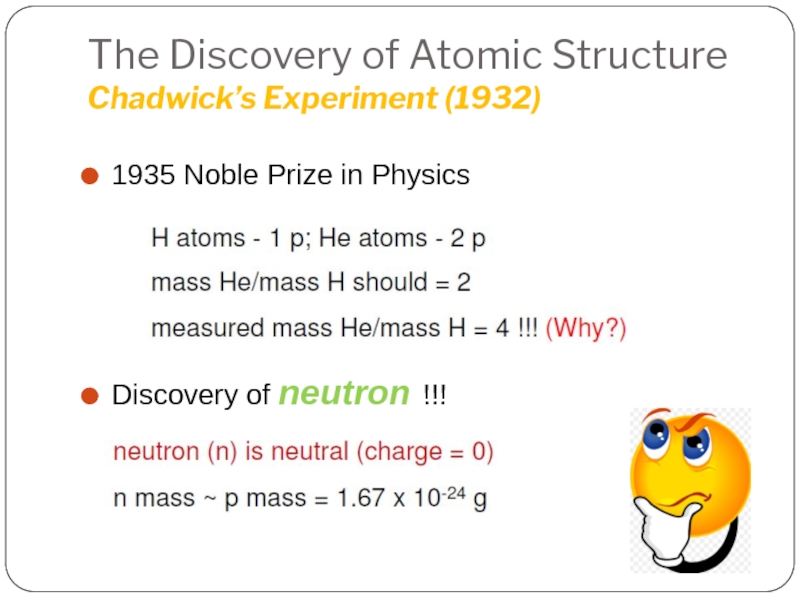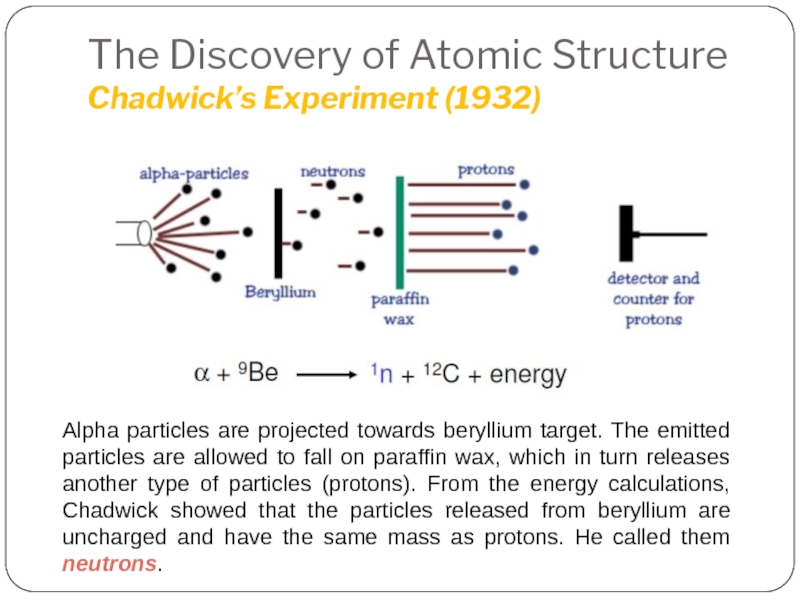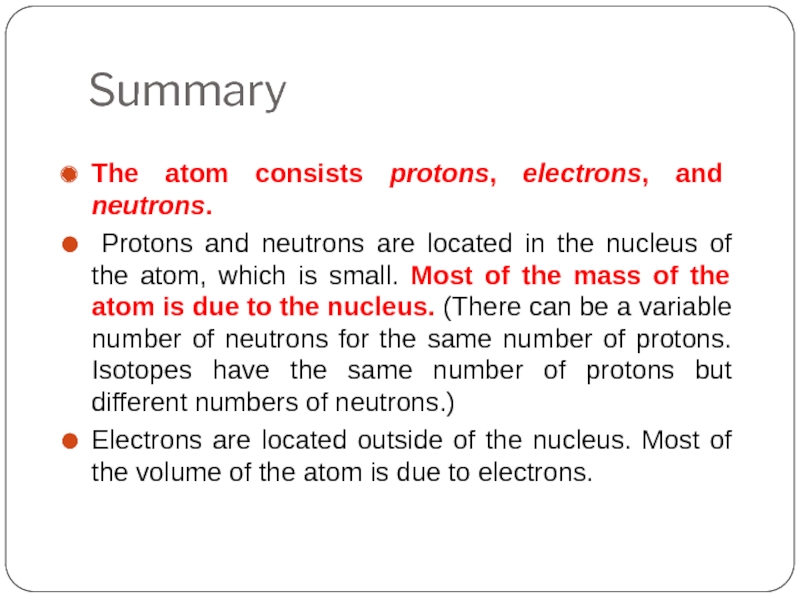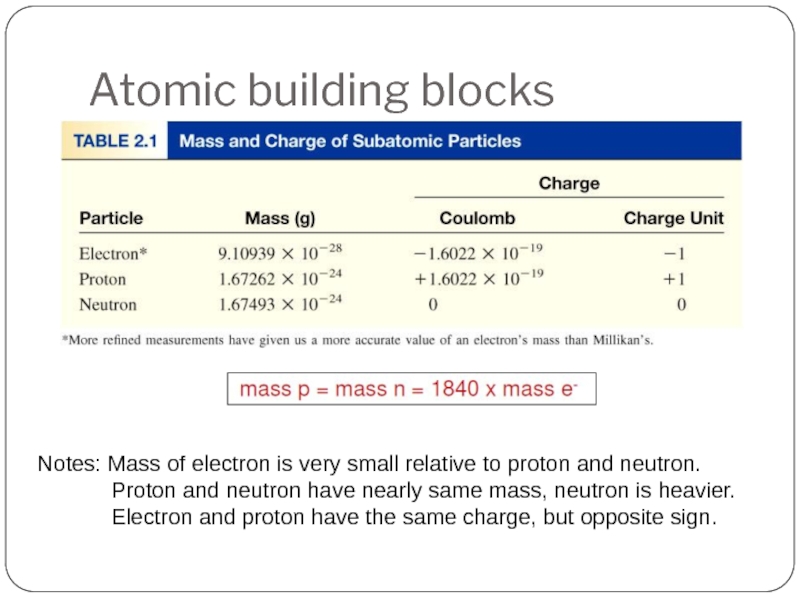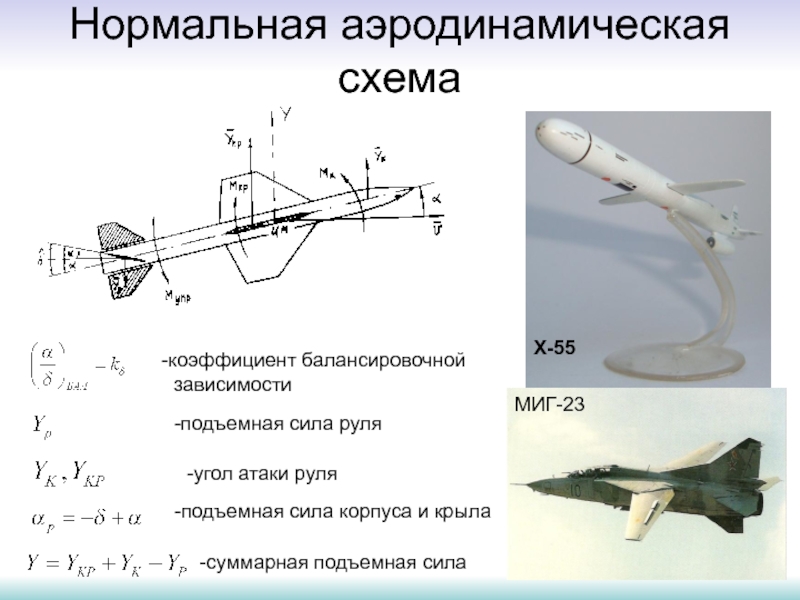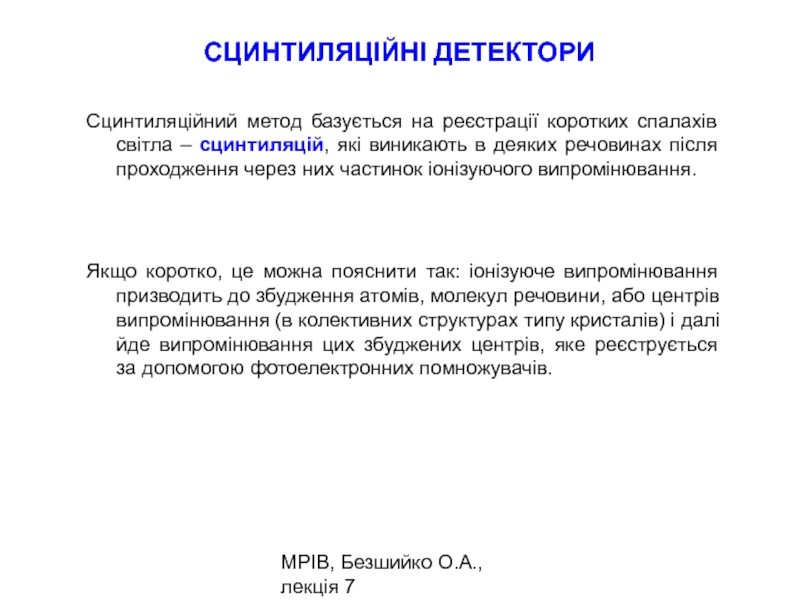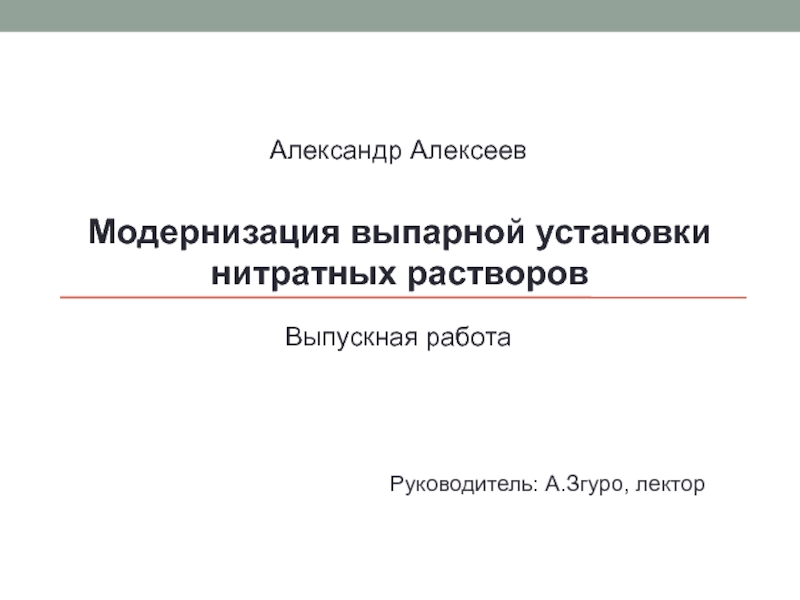- Главная
- Разное
- Дизайн
- Бизнес и предпринимательство
- Аналитика
- Образование
- Развлечения
- Красота и здоровье
- Финансы
- Государство
- Путешествия
- Спорт
- Недвижимость
- Армия
- Графика
- Культурология
- Еда и кулинария
- Лингвистика
- Английский язык
- Астрономия
- Алгебра
- Биология
- География
- Детские презентации
- Информатика
- История
- Литература
- Маркетинг
- Математика
- Медицина
- Менеджмент
- Музыка
- МХК
- Немецкий язык
- ОБЖ
- Обществознание
- Окружающий мир
- Педагогика
- Русский язык
- Технология
- Физика
- Философия
- Химия
- Шаблоны, картинки для презентаций
- Экология
- Экономика
- Юриспруденция
Atomic theory and structure of an atom презентация
Содержание
- 1. Atomic theory and structure of an atom
- 2. The Greek Word of “Atomos” means “Indivisible”
- 3. Dalton’s Atomic Theory (1803-1808) 1.Elements are
- 4. Dalton’s Atomic Theory: Law of multiple proportions
- 5. Law of Multiple Proportions 2.1 Dalton’s Atomic Theory
- 6. Dalton’s Atomic Theory: Law of multiple proportions
- 7. Dalton’s Atomic Theory: Law of Conservation of
- 8. 8 X2Y Law of Conservation of Mass 2.1
- 9. Dalton’s Atomic Theory: Law of Constant Composition
- 10. BUT!!! Atoms are still DIVISIBLE!!! Atom is
- 11. The Discovery of Atomic Structure J. J.
- 12. The Discovery of Atomic Structure J. J.
- 13. The Discovery of Atomic Structure J. J.
- 14. The Discovery of Atomic Structure J. J.
- 15. J.J. Thomson, measured mass/charge of e- (1906 Nobel Prize in Physics) 2.2
- 16. Cathode Ray Tube 2.2
- 17. (Uranium compound)
- 18. The Discovery of Atomic Structure Rutherford’s Gold Foil Experiment 1908 Nobel Prize in Chemistry
- 19. The Discovery of Atomic Structure Rutherford’s Gold
- 20. The Discovery of Atomic Structure Rutherford’s Gold
- 21. The Discovery of Atomic Structure Rutherford’s Gold
- 22. atomic radius ~
- 23. The Discovery of Atomic Structure Chadwick’s Experiment
- 24. The Discovery of Atomic Structure Chadwick’s Experiment
- 25. Summary The atom consists protons, electrons, and
- 26. Atomic building blocks Notes: Mass of electron
Слайд 2The Greek Word of “Atomos” means
“Indivisible”
Around 440 BC, Leucippus originated the
One of his students, Democritus (460BC-371BC) extended it.
There are five major points in their atomic concept:
All matter is composed of atoms, which are too small to be seen. These atoms CANNOT be further split into smaller portions.
There is empty space between atoms.
Atoms are completely solid.
Atoms are homogeneous同質, with no internal
structure.
Atoms can differ in size, shape, and weight.
Слайд 3Dalton’s Atomic Theory
(1803-1808)
1.Elements are composed of extremely small particles called
2. All atoms of a given element are identical, having the same size, mass and chemical properties. The atoms of one element are different from the atoms of all other elements.
3. Compounds化合物are composed of atoms of more than one element. In any compound, the ratio of the numbers of atoms of any two of the elements present is either an integer or a simple fraction.
4. A chemical reaction involves only the separation, combination, or rearrangement of atoms; it does not result in their creation or destruction.
Слайд 4Dalton’s Atomic Theory:
Law of multiple proportions
If two elements form more than
Example 1: The mass of carbon is the same in the two molecules, but the mass of oxygen in CO2 is twice the mass of oxygen in CO. Thus, in accordance with the law of multiple proportions, the masses of oxygen in the two compounds, relative to a fixed mass of carbon, are in a ratio of small whole numbers, 2:1.
Слайд 6Dalton’s Atomic Theory:
Law of multiple proportions
Example 2: Nitrogen Oxides I &
Nitrogen Oxide I: 46.68% Nitrogen and 53.32% Oxygen
Nitrogen Oxide II: 30.45% Nitrogen and 69.55% Oxygen
in 100 g of each Compound: m(O) = 53.32 g & 69.55 g
m(N) = 46.68 g & 30.45 g
Cmpd I Cmpd II
m(O) /m(N) = 1.142 & 2.284
Cmpd II 2.284 2
Cmpd I 1.142 1
=
Слайд 7Dalton’s Atomic Theory:
Law of Conservation of Mass
Atoms are neither created nor
Слайд 9Dalton’s Atomic Theory:
Law of Constant Composition
All samples of a compound have
Example: Water is made up of two atoms of hydrogen (H) for every atom of oxygen (O), with chemical formula H2O.
Слайд 10BUT!!! Atoms are still DIVISIBLE!!!
Atom is made up of smaller parts,
There are sub-atomic particles!
Слайд 11The Discovery of Atomic Structure
J. J. Thomson's cathode rays experiment
In 1897,
Thomson experiment (1906 Nobel Prize in Physics)
Слайд 12The Discovery of Atomic Structure
J. J. Thomson's cathode rays experiment
CRT, the
The cathode rays produced in the CRT are invisible, and they can be detected only by the light emitted by materials that they strike.
Слайд 13The Discovery of Atomic Structure
J. J. Thomson's cathode rays experiment
When gases
The voltage causes negative particles to move from the negative electrode to the positive electrode – cathode rays are produced.
Although the rays themselves could not be seen, their movement could be detected only by the light emitted by materials.
Слайд 14The Discovery of Atomic Structure
J. J. Thomson's cathode rays experiment
Conclusion:
Right?
Right?
Right?
Слайд 18The Discovery of Atomic Structure
Rutherford’s Gold Foil Experiment
1908 Nobel Prize in
Слайд 19The Discovery of Atomic Structure
Rutherford’s Gold Foil Experiment
When very thin foils
• The majority of particles penetrated the foil undeflected.
• Some particles experienced slight deflections.
• A few (about 1 in every 20,000) suffered rather serious
deflections as they penetrated the foil.
• A similar number did not pass through the foil at all, but
bounced back in the direction from which they had come.
Слайд 20The Discovery of Atomic Structure
Rutherford’s Gold Foil Experiment
Rutherford’s explanation:
•
• The magnitude of the positive charge is different for different atoms and is approximately one-half the atomic weight of the element.
• There are as many electrons outside the nucleus as there are units of positive charge on the nucleus. The atom as a whole is electrically neutral.
Слайд 21The Discovery of Atomic Structure
Rutherford’s Gold Foil Experiment
1. undeflected straight-line paths
2. slight deflections of particles passing close to electrons
3. severe deflections of particles passing close to a nucleus
4. reflections from the foil of a particles approaching a nucleus head-on
http://www.youtube.com/watch?v=NlDPPANJZXM
Слайд 22 atomic radius ~ 100 pm = 1
nuclear radius ~ 5 x 10-3 pm = 5 x 10-15 m
Rutherford’s Model of
the Atom
Слайд 23The Discovery of Atomic Structure
Chadwick’s Experiment (1932)
1935 Noble Prize in Physics
Discovery of neutron !!!
Слайд 24The Discovery of Atomic Structure
Chadwick’s Experiment (1932)
Alpha particles are projected towards
Слайд 25Summary
The atom consists protons, electrons, and neutrons.
Protons and neutrons are
Electrons are located outside of the nucleus. Most of the volume of the atom is due to electrons.
Слайд 26Atomic building blocks
Notes: Mass of electron is very small relative to
Proton and neutron have nearly same mass, neutron is heavier.
Electron and proton have the same charge, but opposite sign.
